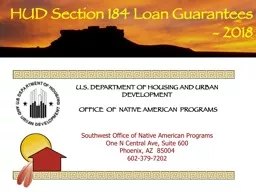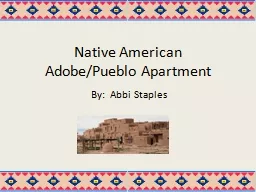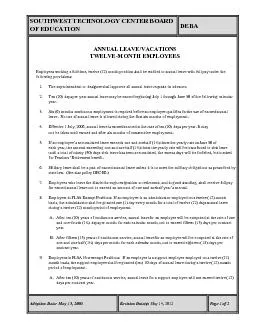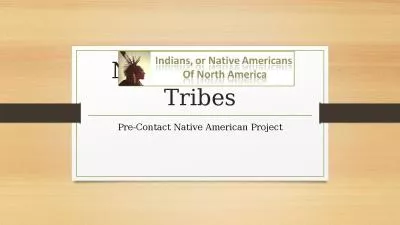PPT-Southwest Office of Native American Programs
Author : pamella-moone | Published Date : 2018-12-20
One N Centra l Ave Suite 600 Phoenix AZ 85004 6023797202 US DEPARTMENT OF HOUSING AND URBAN DEVELOPMENT OFFICE OF NATIVE AMERICAN PROGRAMS HUD Section 184 Loan
Presentation Embed Code
Download Presentation
Download Presentation The PPT/PDF document "Southwest Office of Native American Prog..." is the property of its rightful owner. Permission is granted to download and print the materials on this website for personal, non-commercial use only, and to display it on your personal computer provided you do not modify the materials and that you retain all copyright notices contained in the materials. By downloading content from our website, you accept the terms of this agreement.
Southwest Office of Native American Programs: Transcript
Download Rules Of Document
"Southwest Office of Native American Programs"The content belongs to its owner. You may download and print it for personal use, without modification, and keep all copyright notices. By downloading, you agree to these terms.
Related Documents














